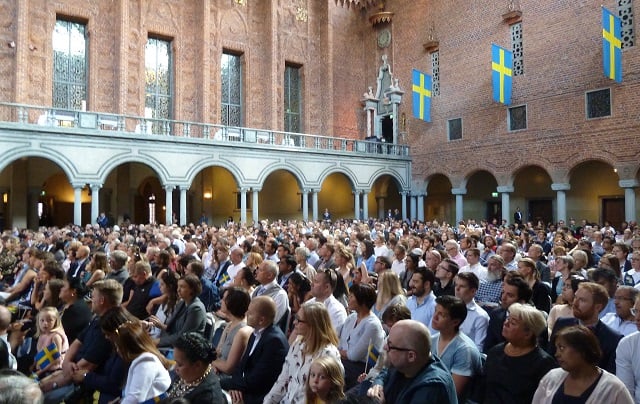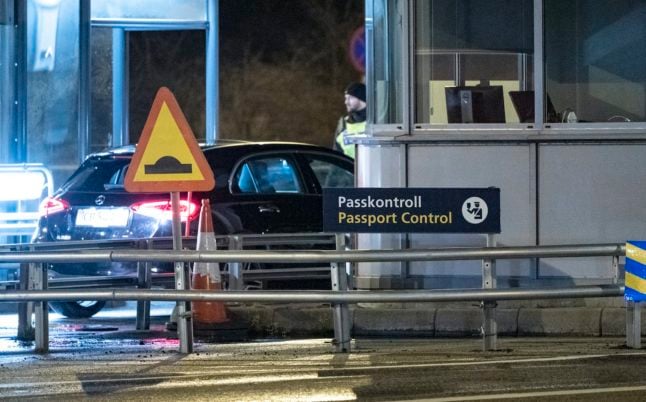In total, Sweden welcomed 63,818 new citizens last year. Gaining citizenship in Sweden requires applicants to be legally resident in the country for between three and five years, depending on where they come from and whether or not they are living with a Swedish spouse or partner.
The number of approved citizenship applications in 2018 was slightly down on 2017 but still higher than the previous six years, during which the number of new citizens rose from 28,100 in 2010 to 56,026 in 2016.
The gender split among 2018's new citizens was close to 50:50, with 31,348 women becoming Swedish and 32,470 men. This was the first time since the turn of the century that more men than women became citizens. The month when most people received Swedish citizenship was February, with the fewest new citizens in December.
As for where they came from, the new Swedes had over 170 different nationalities, but included more Syrians than nationals of any other country.
Throughout 2018, 10,626 Syrians became Swedish, along with 6,746 Somalians, 5,629 stateless people, 2,579 Iraqis and 1,912 Afghan nationals. These five categories accounted for almost a third of the total number of new citizens.
READ ALSO: How to get Swedish citizenship or stay permanently in Sweden
The next most common nationalities were Eritrean (1,836), Polish (1,783), Iranian (1,736), Thai (1,620), and British (1,340). As The Local has previously reported, there has been a surge in citizenship applications from Brits resident in Sweden following the UK's 2016 vote to leave the EU.
A record 1,859 Britons submitted their applications for Swedish citizenship in 2017, up from 1,616 in 2016 and a huge leap from the years preceding the Brexit vote: in 2015, only 511 Brits applied for Swedish citizenship while 491 did so in 2014.
Looking at all nationalities, a total of 90,000 applications for Swedish citizenship were made during the year and the agency confirmed in December it would increase resources for this area in 2019 in order to speed up the process.
Sweden's Migration Agency reached its goal in terms of the number of citizenship cases concluded, however the number of applications that came in during 2018 was higher than the previous year.
On Tuesday, the agency's website showed that applications for citizenship could expect a 28-month waiting time, adding that this did not necessarily mean all applicants would get a decision within that time.
That was one month longer than the figure last November, when Migration Agency figures showed that the average processing time for applications in 2018 was 205 days or around seven months but the website advised would-be citizens to allow 26 months for a decision.
Most common countries of origin among Sweden's new citizens
1. Syria (11,362)
2. Somalia (7,070)
3. Stateless (6,425)
4. Iraq (2,588)
5. Afghanistan (2,133)
6. Eritrea (1,871)
7. Poland (1,799)
8. Iran (1,695)
9. Thailand (1,623)
10. UK (1,369)
11. Unknown (1,295)
12. Pakistan (1,162)
13. Germany (901)
14. Serbia (861)
15. India (817)
16. Turkey (802)
17. Romania (767)
18. Russia (710)
19. Kosovo (685)
20. USA (621)
READ ALSO: How many people in Sweden got a work permit last year?
Article updated in March 2019



 Please whitelist us to continue reading.
Please whitelist us to continue reading.
Member comments